My car, the 2017 Volvo S90, is exiting the highway and it doesn’t want my help. In fact, with my feet off the brake and my hands not required, I’m typing these words in my phone (which Volvo doesn’t officially recommend, by the way). I’m coasting 75 mph on the autovia when my knees flex and my toes begin to curl in my shoes.
>
The car smoothly slows itself down, yields, and requests from me a feathery touch on the wheel as it navigates a roundabout. Then, still without my intervention on the pedals, the S90 gently accelerates back to cruising speed and sets a steady course for the south of Spain. Any worry I had turns to relief. “The whole idea is to relieve the stress and strain on the driver,” Thomas Broberg, Volvo’s senior engineer and one of the key developers of the company’s autonomous driving program, would later tell me.
Volvo’s shtick has always been safety first, but recently that pursuit has translated into self-driving cars. The company has publicly declared a mission for zero driver fatalities in a new Volvo by the year 2020, and autonomous driving is at the heart of the plan. “It was a natural progression from ‘How can [Volvo] make cars safe?’ to ‘How can we prevent crashes entirely?’” Broberg said. Semi-autonomous cars, like the Volvo S90, give a revealing look into what that future might be like. The car can operate with Pilot Assist at speeds up to 80 mph, accelerating, braking and steering, though Volvo strongly suggests drivers keep their hands on the wheel. Its bevy of features detect and avoid collisions with large animals, cyclists, pedestrians and, of course, other cars. “We’re giving the car senses,” he adds. “It has eyes. It can see around itself. It can feel what the driver is and isn’t doing.”
2017 Volvo S90
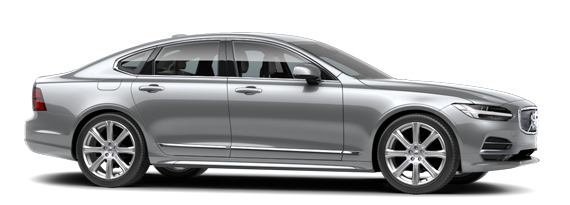
Engine: 2.0-liter turbocharged inline-four; 2.0-liter turbocharged and supercharged inline-four
Transmission: 8-speed automatic
Horsepower: 250; 316
Torque: 258; 295
0-60 mph: 5.1-6.7 seconds
Top Speed: 130 mph
MPG: 21/32; 24/35, city/highway
Curb Weight: 4,250; 4,500 lbs
MSRP: $48,000
Self-driving cars are not a new idea at Volvo. Broberg, who’s on the patent for the company’s autobrake feature, recalled his first “a-ha experience” back in 2003: he’d engineered a car to stop itself before hitting a cone and was testing the tech in the company parking lot. On his first attempt, Broberg looked away, too nervous to watch, his feet hovering over the brake pedal even as the car successfully stopped without incident. Three years later, he and a colleague rigged a Volvo to successfully recognize a person walking in front of the car. “It was another a-ha moment,” he added. “We knew we had to do something with pedestrian detection.” These discoveries were revolutionary in theory, but still rudimental in practice. “The challenge, when it comes to collision avoidance, is not to have the car brake itself, but to make sure the car doesn’t brake itself when it’s not supposed to.”
While Broberg was developing autonomous technology, another team was working to make Volvos safer in the event of (increasingly unlikely) crashes. The company forged a partnership with insurance companies and the Swedish government to gather data on serious crashes involving their cars: in the event of a fatality or major accident, Volvo sends a teams of researchers to take measurements and collect data from the crash site. “It’s sort of like CSI work,” Broberg says. The team may review the damaged car at their headquarters and make a virtual simulation to find exactly what went wrong and why. The company even studies victims’ medical records to avoid future injuries.
In 2007, Volvo developed a project to assist tired or distracted drivers. To test and hone safety features, Swedish volunteers would stay awake for 24 hours, eat a hearty meal, then drive in 77-degree heat with no radio, looping around a track until they nodded off. At that point a secondary driver took over using redundant controls. Cameras monitored the car itself, but also tracked the driver’s eyes, feet and steering inputs. The key, Volvo officials found, is not the moments the drivers fall asleep, but the 15 seconds before: this is when their driver alerts kick in.
“It was a natural progression from ‘How can [Volvo] make cars safe?’ to ‘How can we prevent crashes entirely?’”
Now, after years of work, Volvo pairs 3 million kilometers of driving data with their tireless studies on safety. Autonomous cars are only possible when technology and research work in tandem, Broberg explains. “With autonomous drive, we can look at the typical accident scenarios on a typical stretch of road. That’s one thing,” he said. “But what type of accidents that could occur on this road have never happened yet?”
Next year Volvo will send out a fleet of self-driving cars to navigate around Gothenburg, using their current technologies: self-driving production Volvos are much closer to reality than one might think. But, of course, there is no margin for error. “We need to develop the car as the most experienced type of driver,” Broberg said. “Data shows it takes the human brain seven years to become a good driver,” SVP of Research and Development Peter Mertens added. “We’re not going to let this system fumble around for seven years.”
Learn More: Here
>
>
[Source : http://gearpatrol.com/2016/07/22/volvo-s90-autonomous-car-review/]
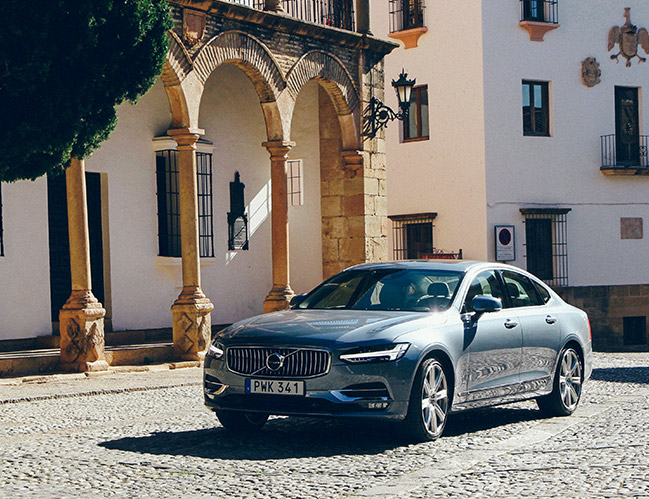

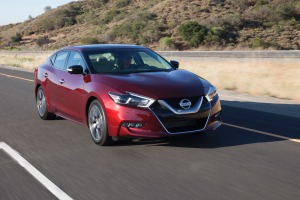
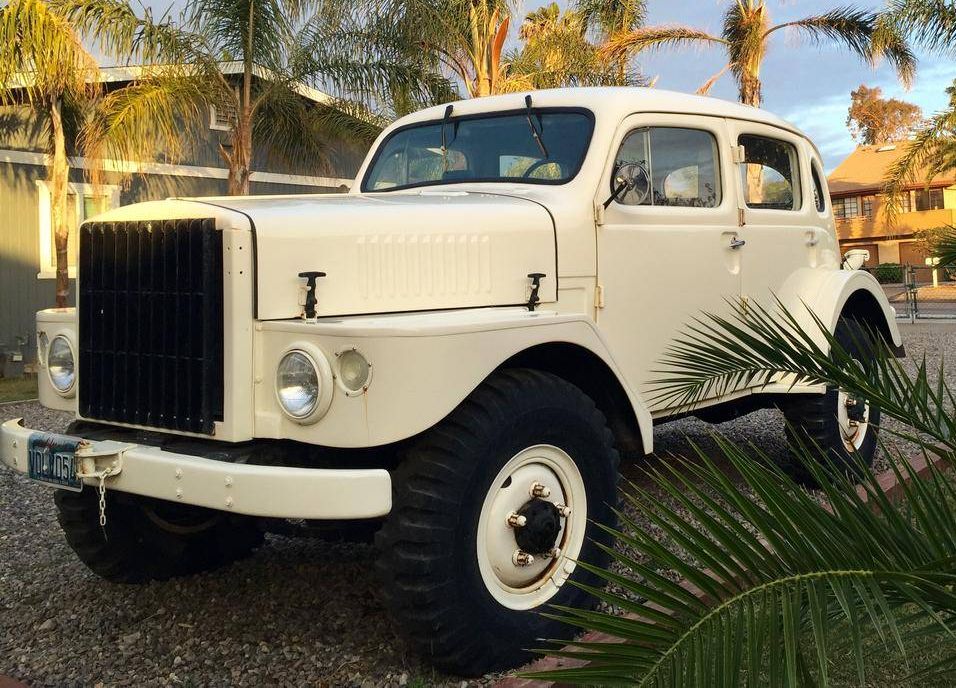

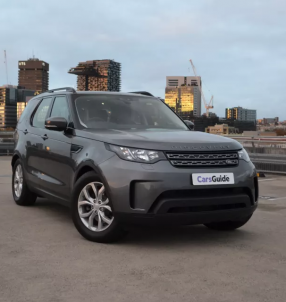
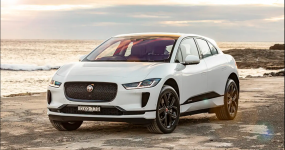
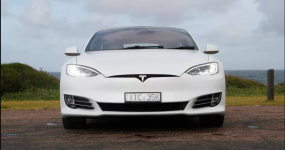


Recent Comments